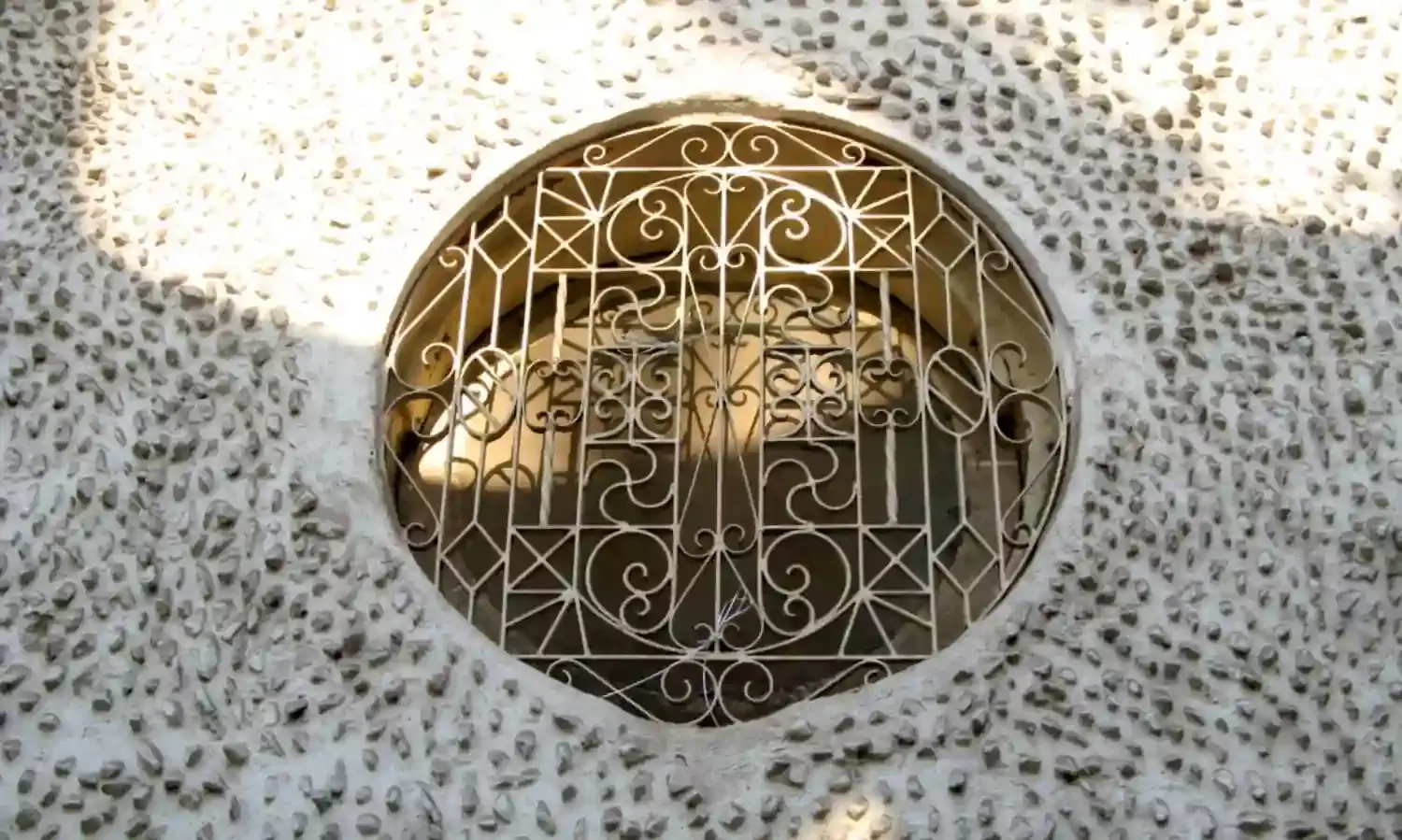Who is a Parsi?
Book review

Author Prochy N. Mehta is a daughter, wife, mother, grandmother, school leader and hockey and basketball player. She has represented India in Masters Athletics. Mehta is the first female president of the Calcutta Parsee Club and actively involved in the advertising business.
But with her mixed DNA and unknown parentage, Mehta is unsure of how much of a Parsi she is?
Her latest book is titled Who is a Parsi? It runs into nearly 500 pages. Mehta
writes that if she was asked a couple of years ago who she is, she would have given a clear answer. Today she cannot do that because in 2020 she found a photograph that revealed to her secrets about her family that shocked her.
The photograph showed her maternal great grandfather and his two brothers. She had grown up believing that this great grandfather of hers was the first of the Parsi family to come to Kolkata from Navsari, the twin city of Surat in Gujarat.
But the photograph revealed a different story.
My mother's family name was not Jila but Jila Rancuvervara. The family was not from Navsari but from a village near Surat called Rancuver. I was very attached to my grandparents and spent a lot of time with them, and to suddenly learn that my knowledge of their name and where they originally came from was wrong came as a shock.
At the age of 67 years, Mehta realised that her great grandfather was adopted but she has no further information about his parentage. In the photograph only the mother's name of her grandmother is given, but not her father's, making Mehta wonder if 100 years ago lineage was traced through mothers?
Mehta's own DNA report states that her ancestry composition is 59 percent Mesopotamian, Caucasian and Iranian and her most recent ancestor from this population was one to three generations ago. 37 percent of her ancestry is from northern India and Pakistan, especially from the four regions of Maharashtra, Gujarat, Uttar Pradesh and Madhya Pradesh. The most recent ancestor from this population is two to four generations ago.
On her father's side she did not find anything except that he had two uncles from the maternal side and one from the paternal side.
The newly found photograph from so long ago was a puzzle. It posed so many questions about the past that Mehta began to look for clues in multiple research work.
There is yet another reason that made her want to find out more about who is a Parsi. Mehta has four grandchildren. In 2015 she received a call from the head priest of the Fire Temple to say that her grandchildren are not welcome to the temple because her daughter had married outside the Parsi community. Mehta also found that the head priest had no objection to intermarried men bringing their children to the fire temple.
She wrote a letter to the trustees asking for clarification and was informed that the trust deed was sacrosanct and in their opinion they were duty bound to stop her daughter's children from visiting the only agiary in Kolkata.
Hence the patriarchy and the narrow mindedness of some men who decided to keep innocent children of a Parsi mother out of our holiest site shocked me. I felt something was wrong. Deep down, I could not believe that a community so vibrant, so generous, so liberal, could possibly be so vindictive towards its own children. Moreover, our holy books, the Gathas were extraordinarily clear in that they not only welcome people to our religion but enjoined upon all Zoroastrians to initiate those who chose to practice it. It was a great sin to prevent anyone from adopting Zoroastrianism. I felt I needed to enquire into this a little more.
Mehta decided to find out more about what makes a Parsi, and whether being Parsi is the same as being Zoroastrian?
Mehta's book is a culmination of an endless amount of research done by her, including a detailed study of the trust deed of the temple. She has investigated the history of the Parsis in general and the community in Kolkata, in particular. Mehta has observed the religious rites and customs of her community, and tried to find out how similar or different today's Parsis are to their ancestors.
According to folklore Parsis trace their ancestry to a group of refugees who came by boat from Iran in the 8th century to escape persecution. However this is only one version of the history of the Parsis in India. Other writings reveal that the Parsis are original inhabitants of India, having lived in the country from 500 before the birth of Christ.
Captain Hormuzsiyar Desai has written a book called the History of the Parsis of Navsari. The Captain writes that till 1499 Parsis lived as a tribe amongst the Hindus following the Hindu way of life, having adopted Hindu religious practices, customs, manner of dress and had even adapted their language.
Dastur Dr Maneckji Nusserwanji Dhalla was the high priest in Karachi. Also a well-known religious scholar, Dhalla wrote in his autobiography called A Saga of a Soul in 1946 that Parsis have been known as Iranians from prehistoric times. From the advent of Zarathustra, Parsis have been known as Zoroastrians.
Who is a Parsi? by Prochy N Mehta
Published by Niyogi, 2022 (488 pages, Rs 795)



